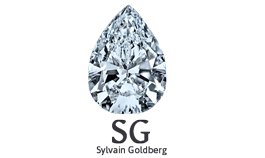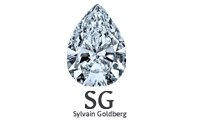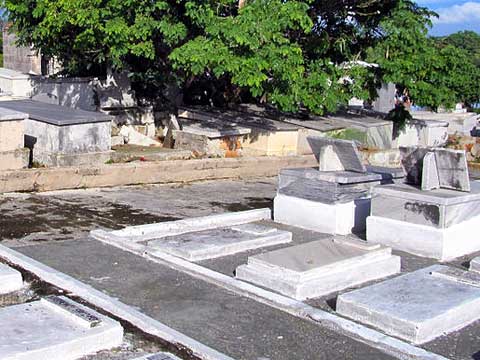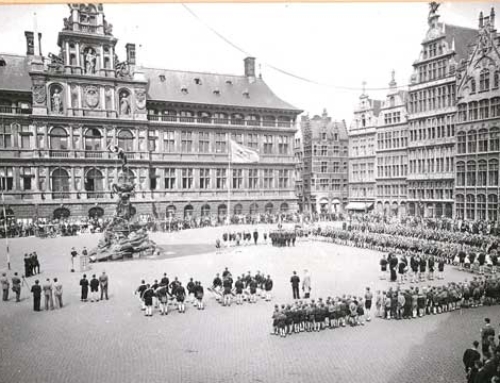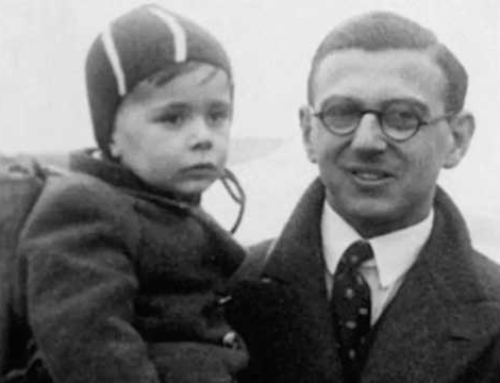Image: diamond diaspora – first Jewish cemetery in Cuba
What is the diamond diaspora in Havana? Read on and learn more about this bit of history of the jews from Antwerp.
In recent years many publications have appeared that were related to the history of the Jews and the city of Antwerp. The recently published book ‘1942. The Year of Silence’ (2019) by the rector of the University of Antwerp Herman van Goethem, Ludo Abichts updated version of The Jews of Antwerp (2018) and the autobiographical ‘Mazzel Tov. My life as a working student with an Orthodox Jewish family’ by Margot Vanderstraeten (2017) are just a few examples.
With his book ‘The Diamond Diaspora. A hidden history between Antwerp and Havana’, Herman Portocarero explores a forgotten and thus unknown path within the turbulent history of the twentieth century: the transatlantic flight of Antwerp Jews to Cuba before, during and after the Second World War. Many Jewish migrants regarded the Caribbean island mainly as ‘Hotel Cuba’, from where they would continue their journey to the United States. For most, however, this remained a dream.
The book begins with a promising opening scene. During a walk in the Jewish cemetery in Guanabacoa, a city in the east of the Cuban capital Havana, Portocarero suddenly discovers a grave with the name ‘Antwerp’ in Latin script underneath the Hebrew text. His curiosity is immediately aroused and he investigates the connection between his hometown Antwerp and Havana, where he was Belgian ambassador and later also ambassador of the European Union. Portocarero studies this connection by means of 54 short, smoothly written chapters, in which he links macro- and micro-history. He both sketches a general picture of the great flight movement of Jewish migrants and at the same time makes it personal by zooming in on the stories of four specific families. In this way the story is given a face through the Schindelheim family, the Fischler family, the Rechtschaffen family and the Rosshandler family. The focus is mainly on the latter family, because Portocarero himself is connected to daughter Felicia. He got to know her during a presentation at Columbia University in 2015 and quotes several times from conversations and correspondence he had with her and her brothers. He also refers to her autobiographical novel ‘Passing through Havana’.
Striking for the structure of the story is that the different chapters are not chronological, but rather thematically attuned to each other and contain many digressions. This applies both to personal details from the lives of the families represented and to political and economic factors related to the diamond industry. In this way, the structure of the book seems to reflect the research conducted: Portocarero may have discovered information piece by piece, which he then fragmented into his book. The different chapters can therefore be compared with puzzle pieces, which, after some puzzle work, represent the story of the diamond diaspora between Antwerp and Havana.
Portocarero concentrates on several topics, such as the different escape routes, the integration process, the start of the diamond trade and the places in the city where the different Jewish families lived. The author reconstructs the latter on the basis of ‘Leizer’s List’ – note here the analogy with the more famous ‘Schindler’s List’ – which was kept by a certain Leizer Ran during the years 1941-1942. Guided by this List Portocarero searched for the addresses of fugitives from Antwerp.
He even makes it a point of honor to look them up if they still existed, and to record images of them. In this way a secret city plan of a lost Jewish Havana comes to life and the author followed in the footsteps of the Jewish citizens, as it were.
Where anti-Semitic tendencies associate Jews and diamonds with issues of big money, the author nuances how the diamonds were a kind of life insurance for the Jews. Thanks to the sale of these minuscule, high-quality stones, they were able to finance their journey and integrate (economically) into their new home port without too much effort. At the same time Portocarero focuses attention on the sad character of the story about the established diamond trade in Havana. Although the United States was an important market for the diamonds and also encouraged this industry, they did so as a deliberate diversionary tactic to keep the Jewish refugees in Havana, so that they did not have to increase their own restrictive immigration quotas. This course of action was even continued in 1943, a period in which more and more was known about the Holocaust.
Portocarero does not limit himself to the history of one of the blackest periods of the twentieth century, but also deals with the period after the Second World War. For example, he discusses how after the war the diamond trade in general offered less economic opportunities, since in Havana it had clearly been part of the migration policy of the United States to slow down Jewish immigration. Moreover, Cuba became communist after the revolution and insecurity for Jewish migrants increased. These developments were also some of the reasons that led to a new ‘Jewish exodus from Havana’. The group of Jewish refugees spread throughout the world again – New York and Antwerp were important final destinations.
The monography of Portocarero offers a well-documented story of the diamond diaspora, which is still topical and deals with various aspects. It takes an underexposed part of this history out of the shadows, without losing sight of the voice of specific witnesses. In this way Portocarero achieves with his book – as he himself states – a ‘small victory over indifference and forgetting’.
